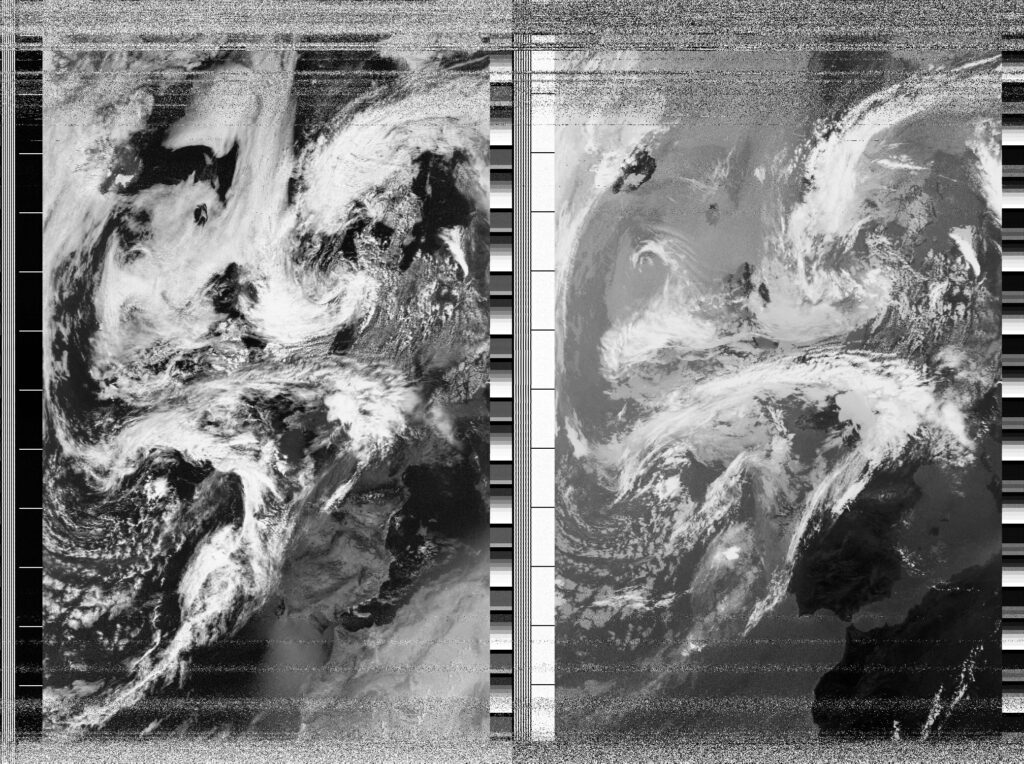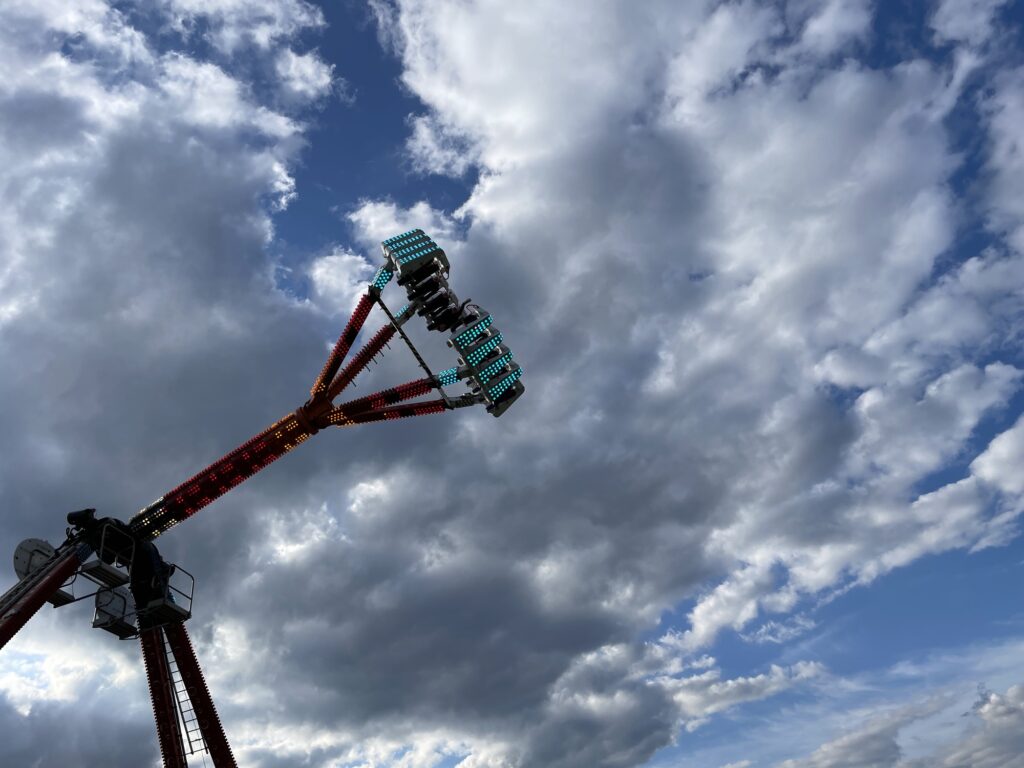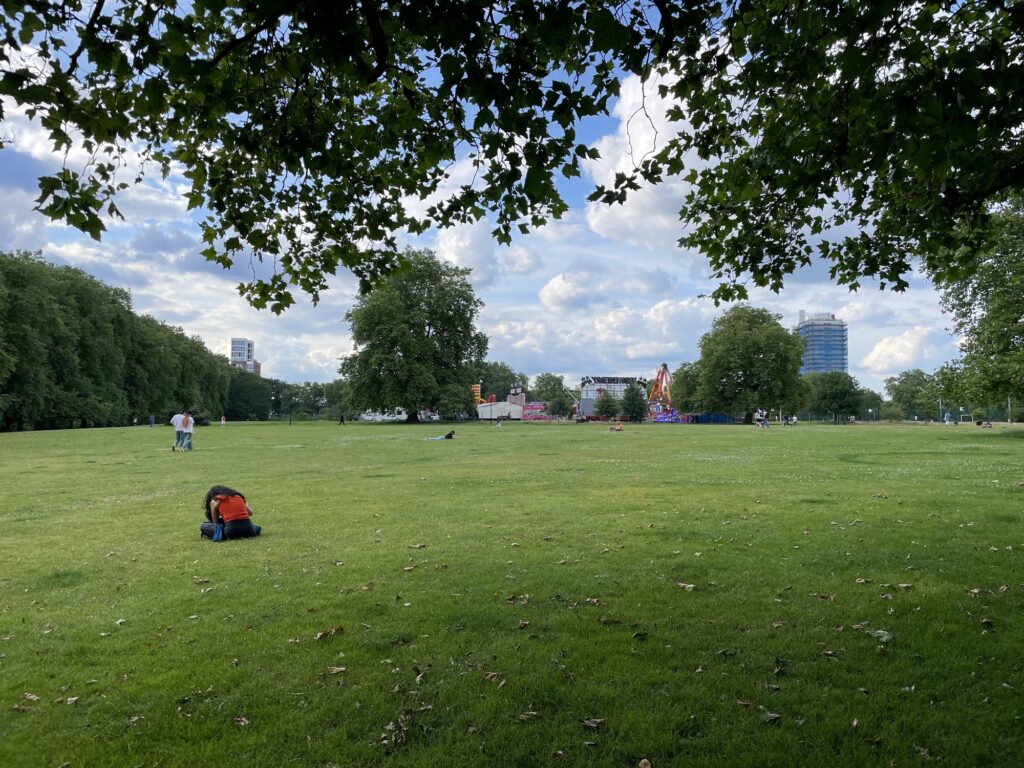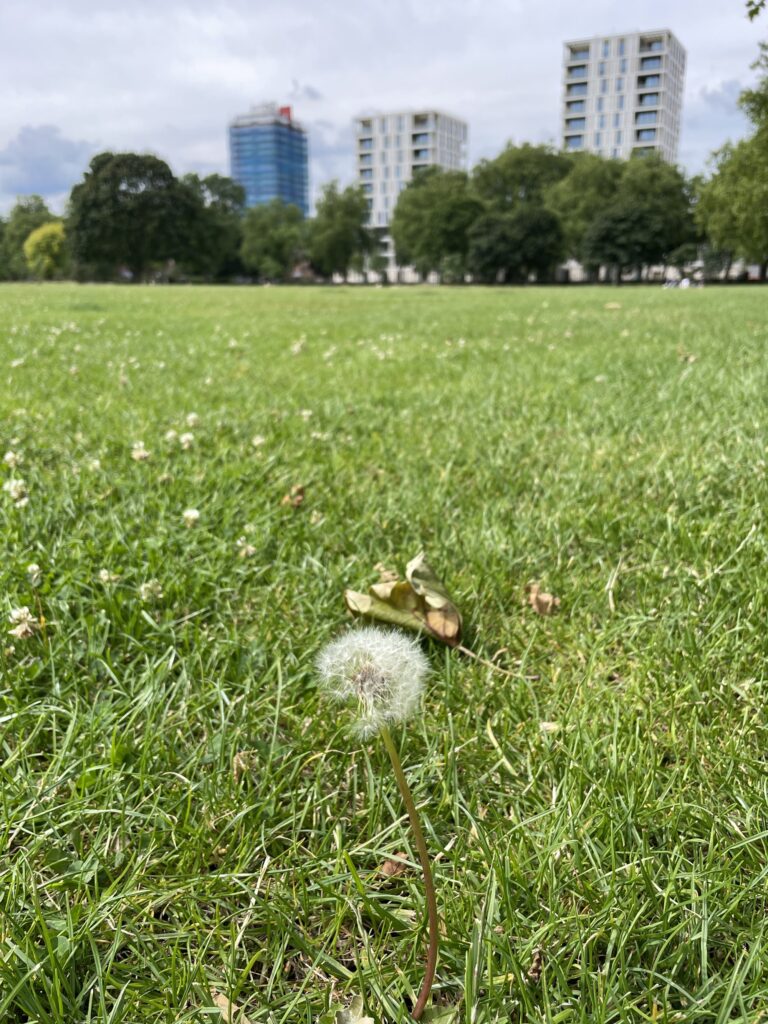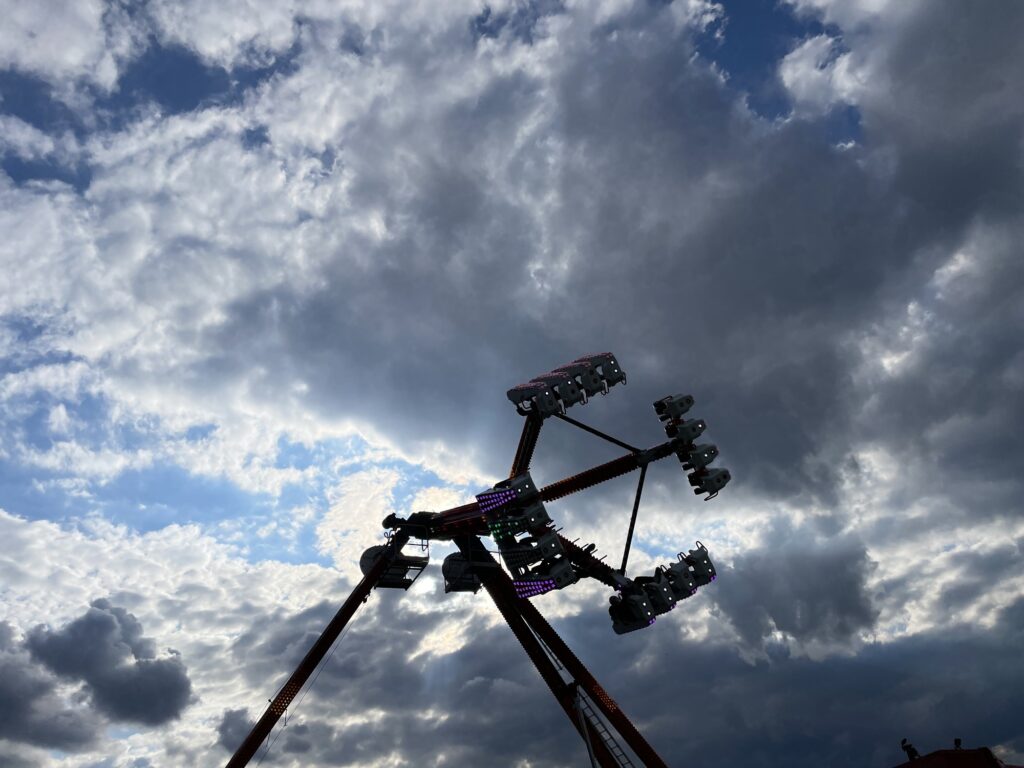Local Date
14 July 2024Local Time
12:40Location
Hackney Downs, LondonCountry or Territory
United KingdomContributor
Sasha EngelmannSatellite
NOAA-18Radio Callsign
Archive ID
Coordinates
In 1989, Derek Jarman wrote of a day in July: "Lazy high summer. The drowsy bees fall over each other in the scarlet poppies, which shed their petals by noon. Meadow browns and gatekeepers flutter wearily across the shell-pink brambles disputing the nectar with a fast bright tortoiseshell. The bees clamber hungrily up the sour green woodsage. Drifts of mauve rosebay and deep yellow ragwort studded with orange and black burnt caterpillars" (Jarman, 1991: 107). This morning I read an article in the Guardian about the rate and long-term advancement of mass insect death. Based on research on the number of insects killed on the number plates of cars, the study says we have 90% fewer insects in the UK today than we did 100 years ago. During the satellite pass at midday, I note how the recently cut grass of the park has given way to a low layer of clover and dandelions, and how bees fly between the clover, only a couple centimetres above the grass, sometimes bumping into each other and weaving between the higher leaves of grass. Other than the random lazy fly, I don't see any other pollinators. Butterfly populations are especially affected this year, apparently, in part due to the very wet spring-summer that has washed out many of their homes. Derek was already aware of the changing climate in 1989, as he sometimes mentions the warming air and the 'hole in the ozone layer'. I wonder if he knew about mass insect death, though from his descriptions of the cottage garden in Dungeness, he was seemingly at home with a kaleidoscope of insect companions.
